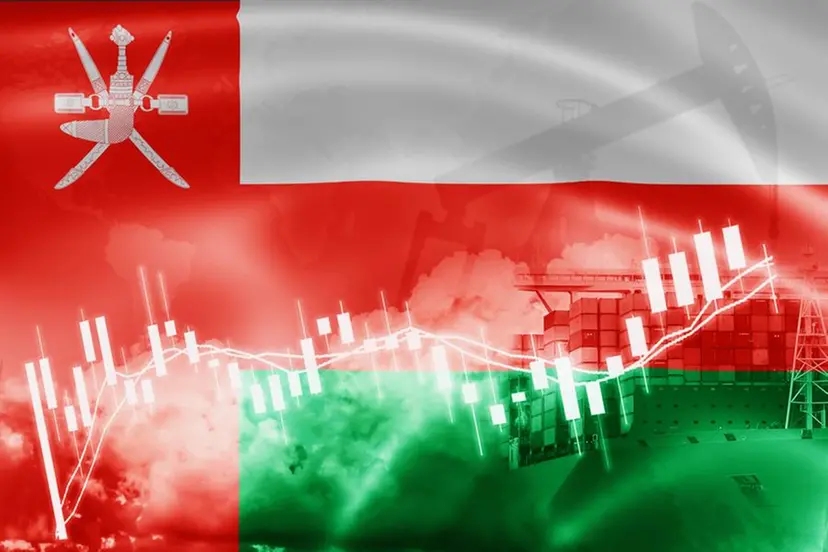The ‘BB+’ rating acknowledges Oman’s strides towards fiscal consolidation
Muscat: International ratings agency Fitch Ratings has affirmed the Sultanate of Oman’s Long-Term Issuer Default Rating (IDR) at ‘BB+’ with a stable outlook
The ‘BB+’ rating acknowledges Oman’s strides towards fiscal consolidation. Years of belt-tightening measures are demonstrably yielding results, with the once yawning budget deficit exhibiting a welcome contraction. This newfound discipline, coupled with Oman’s hydrocarbon riches, serves as a bulwark against external economic turbulence.
In a statement, Fitch said the Oman’s ratings are supported by higher GDP per capita and World Bank Governance Indicators than peer group medians, the positive impact of recent budget reforms and decreasing government debt/GDP. High dependence on oil revenue, modest financial buffers given high exposure to volatile hydrocarbon prices, and Oman’s net external debtor position weigh on the ratings, it noted. The government is anticipated to retain its focus on improving its non-oil fiscal balance, it stated.
According to Fitch, Oman’s budget surplus to narrow to 2.2 per cent of GDP in 2024 and 0.9 per cent in 2025 from 3.2 per cent in 2023, assuming a Brent oil price of $80 and $70 per barrel, respectively.
“We estimate Oman’s fiscal breakeven Brent oil price at USD 65-70 per barrel. Fitch assumes OPEC+ will unwind production quotas from 4Q24, which will mitigate part of the revenue loss from lower oil prices for Oman, although overall hydrocarbon revenue will still drop by 11 per cent in 2025,” said Fitch.
Furthermore, the government is expected to improve tax enforcement while streamlining taxes and fees, resulting in moderate growth of non-oil revenue. “Oman is making progress towards personal income tax, which could bring a small amount of additional revenue from 2026. We project non-oil revenue to reach 10.6 per cent of GDP at end-2024, up from 9.7 per cent in 2019,” the rating agency stated.
Fitch also acknowledged the role played by the Social Investment Fund, which came into force this year with the majority of funding going to old age and child support. These allocations will be partly financed by lower spending on fuel subsidies as oil prices fall from 2025 (0.7 per cent of GDP saving). Improving electricity sector efficiency coupled with the reorganization of the industry, is also contributing to reform of power subsidies, it said.
Fitch also forecasts government debt/GDP to decline to 32.4 per cent of GDP at end-2024, and further easing to 31.9 per cent in 2025, down from 36.5 per cent at end-2023 and 68 per cent in 2020.
Oman continues to pre-pay some of its debt, using the budget surplus from high oil prices. We expect Oman to have repaid nearly USD2.9 billion in external debt in 1H24. The resulting 10 per cent drop in external debt from end-2023 is faster than our forecast at our last review in September 2023,” it added.
Source: Zawya



